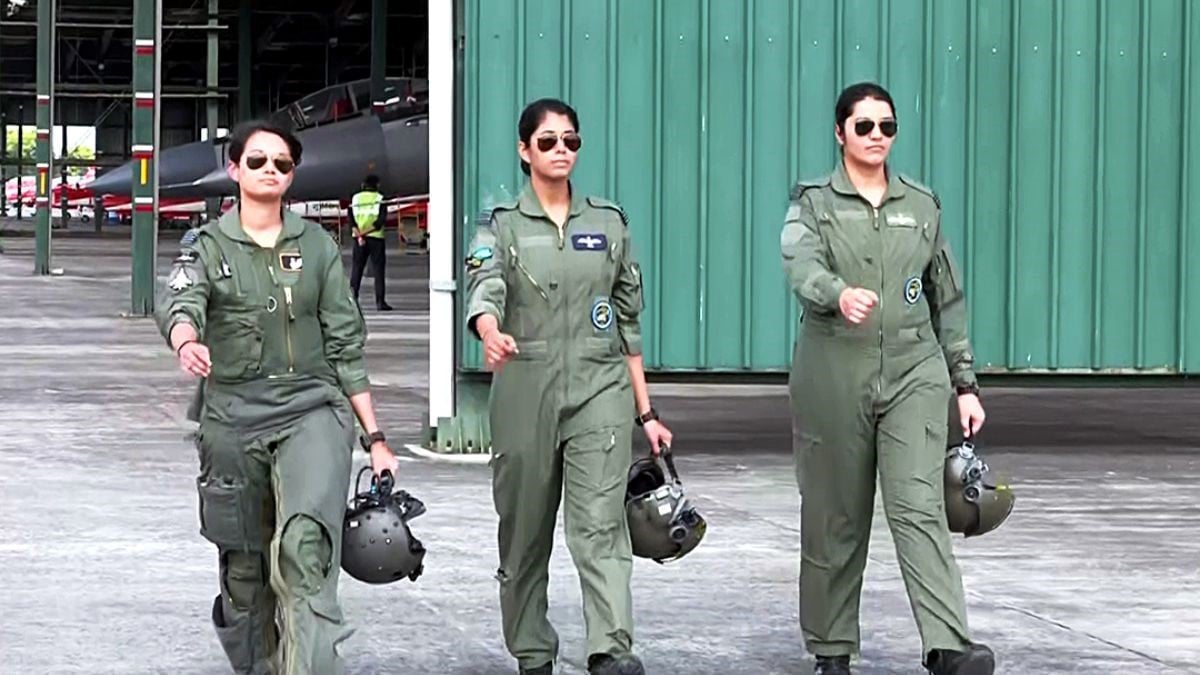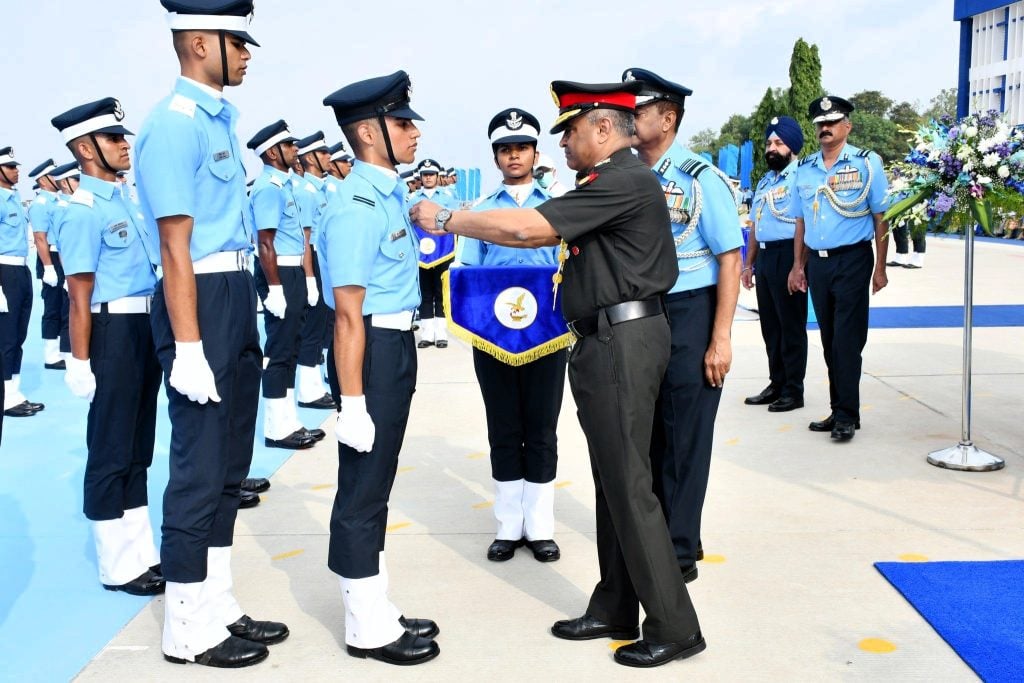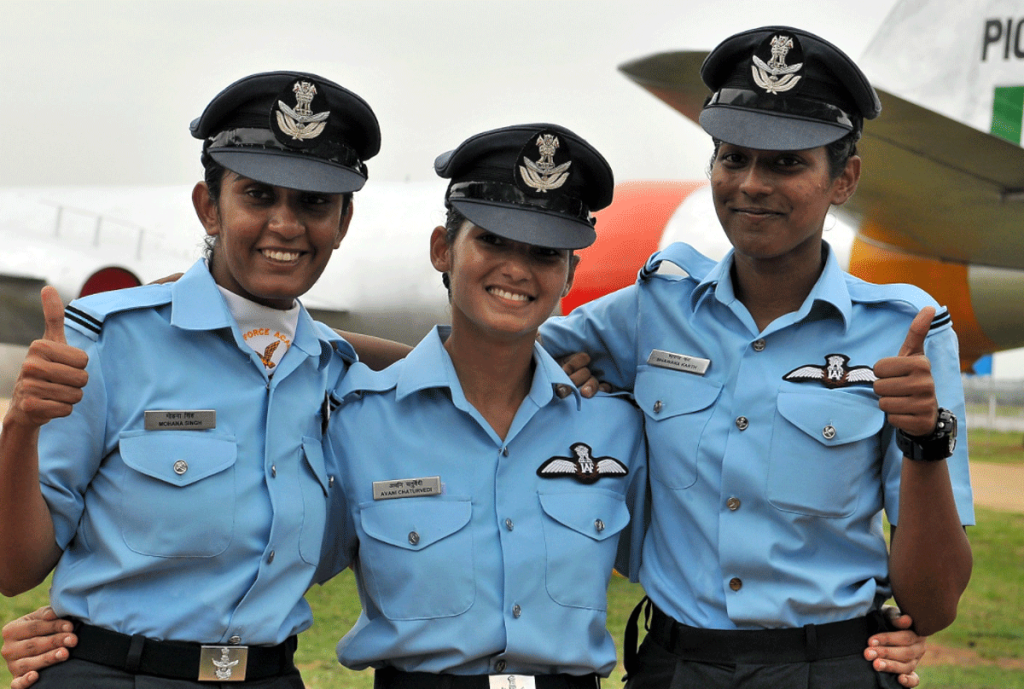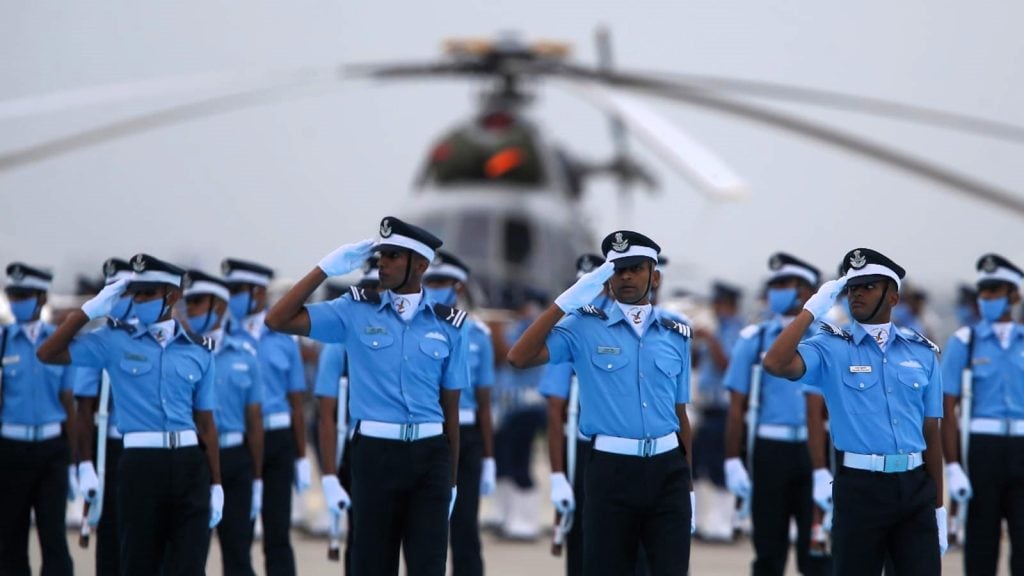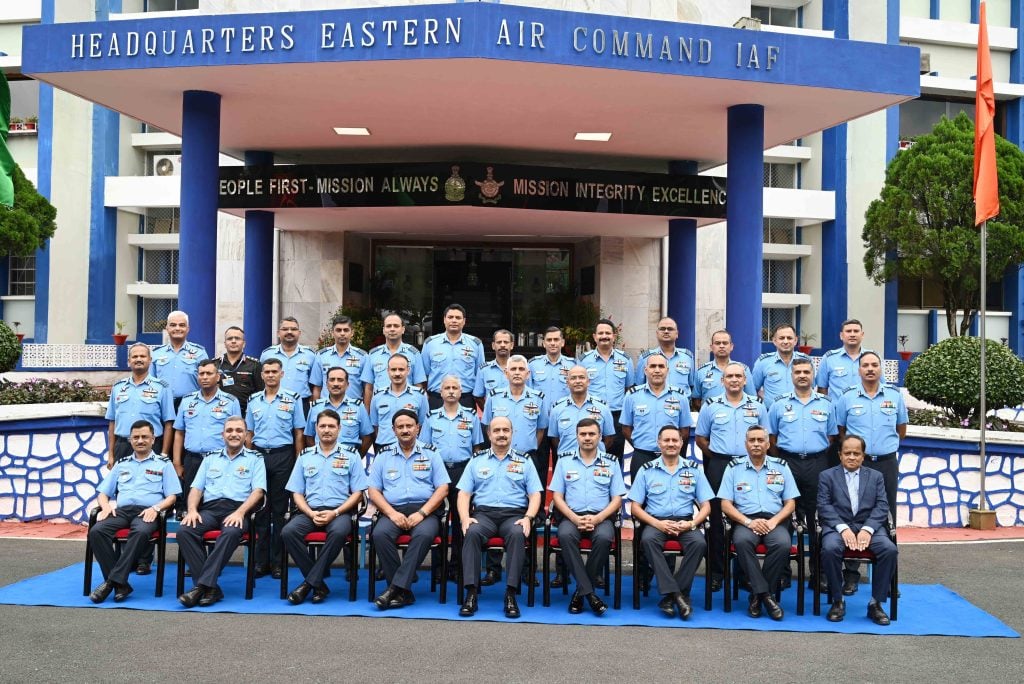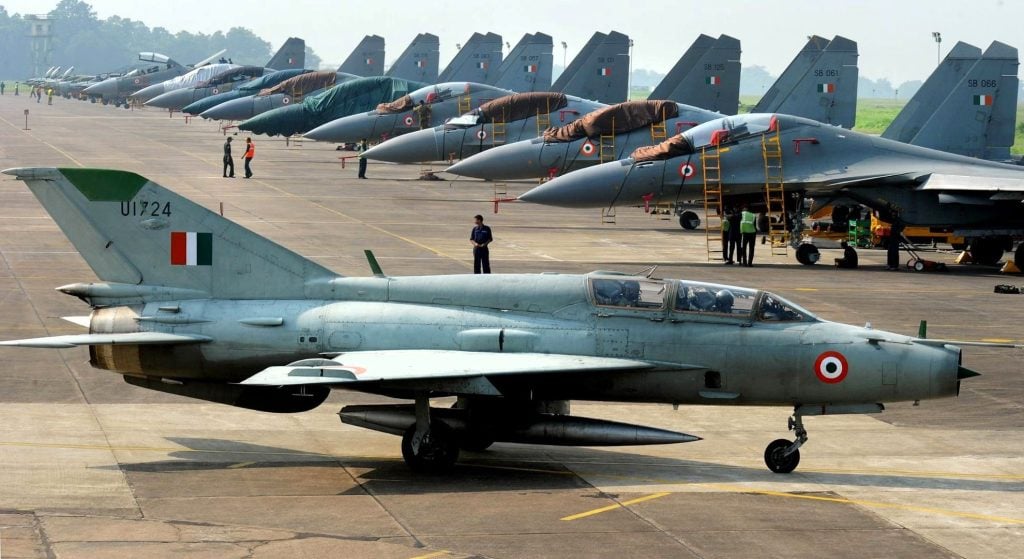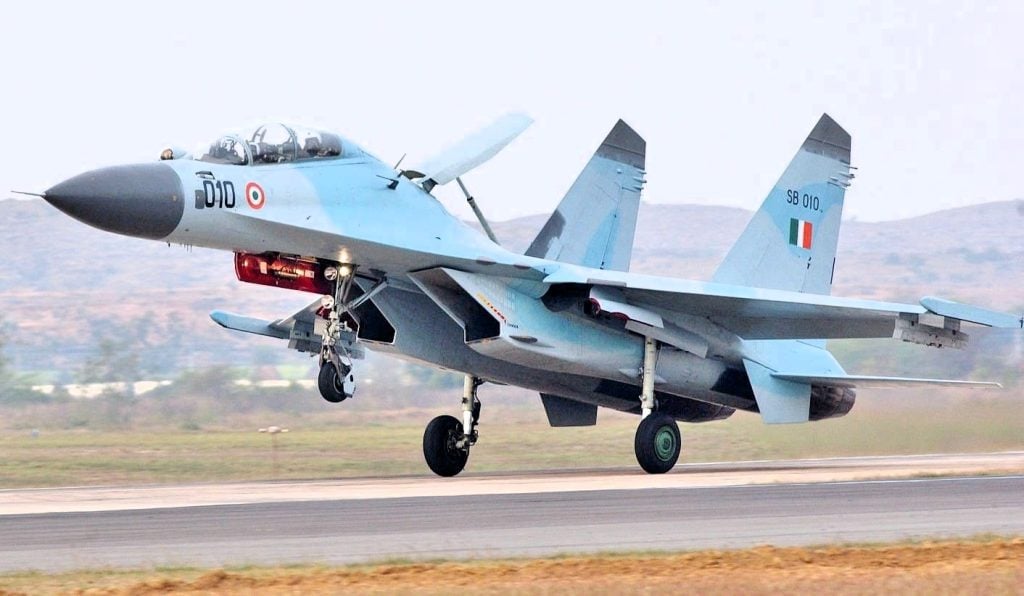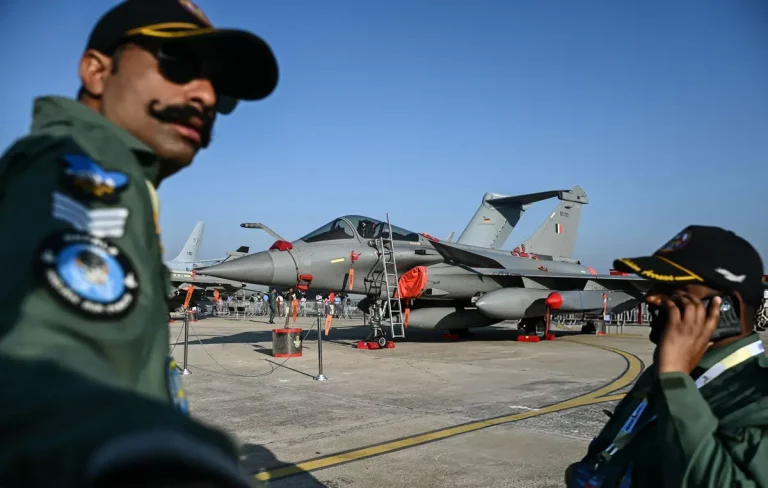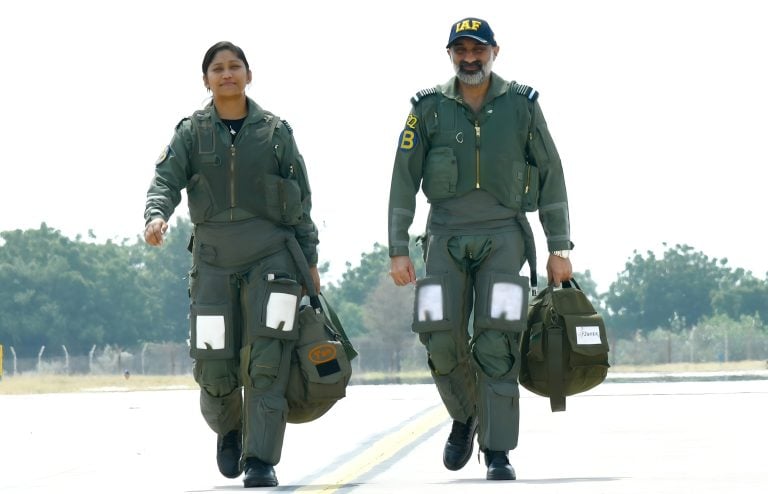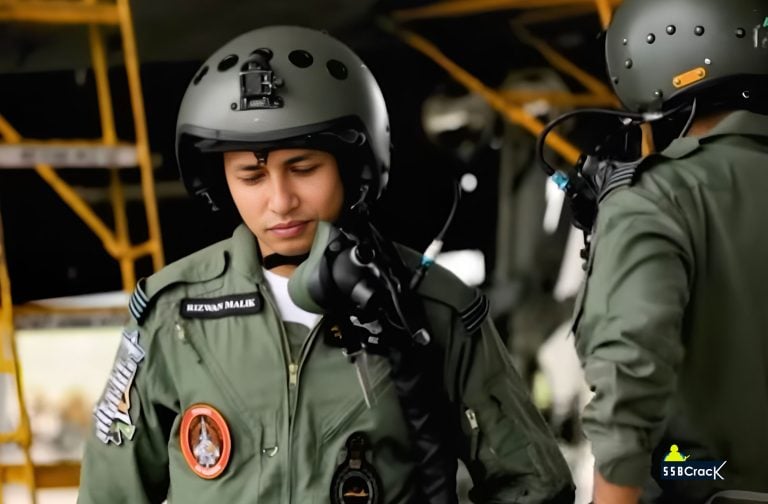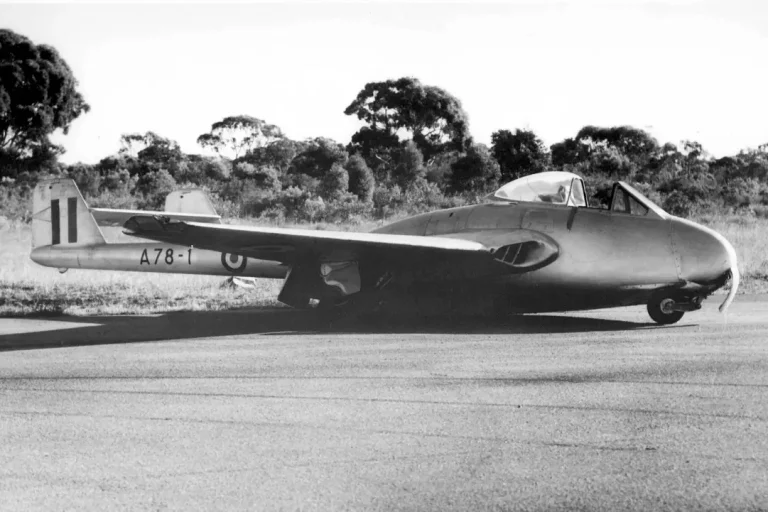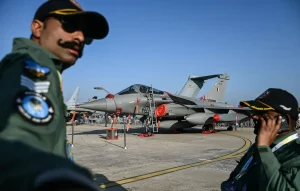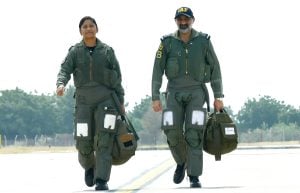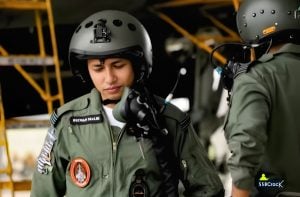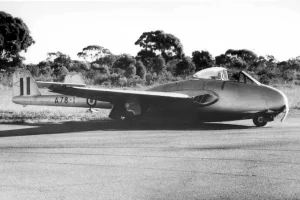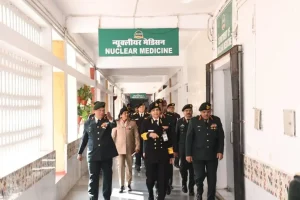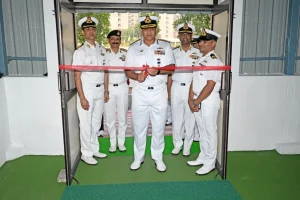The Indian Air Force (IAF) is a pivotal component of India’s armed forces, recognized for its extensive capabilities, strategic importance, and rich history. As the air arm of the Indian Defense, the IAF ranks among the world’s leading air forces, boasting a formidable fleet and a dedicated workforce. Understanding the IAF’s full form, its roles, missions, and historical significance is essential for anyone interested in the defense sector.
The acronym IAF stands for the Indian Air Force. Established on October 8, 1932, it originally operated as the Royal Indian Air Force under British rule. Today, it stands as a symbol of national pride and security, with the President of India serving as its Supreme Commander. The operational command is vested in the Chief of Air Staff, a four-star officer responsible for overseeing all air operations.
Also Read | Indian Air Force Induction Rally for ‘Air Force Boys Sports Squadrons’
Structure and Personnel
The IAF is organized into various commands, each specializing in different operational aspects. Currently, it encompasses over 1,500 aircraft and employs more than 180,000 personnel. The headquarters of the IAF is located at the Integrated Defense Headquarters in New Delhi, where strategic decisions and operational directives are formulated.
Key Features
- Personnel: Approximately 180,000 active personnel.
- Aircraft: More than 1,500 aircraft, including fighters, transporters, and helicopters.
- Headquarters: Integrated Defense Headquarters, New Delhi.
IAF History
The IAF has a storied history that reflects its evolution from a colonial auxiliary force to a modern military powerhouse. Initially, it played a crucial role during World War II, engaging in various operations that laid the groundwork for its future development.
Early Years
- Formation: Established on October 8, 1932, as the Royal Indian Air Force.
- World War II Contributions: Actively participated in operations in Burma and defended Indian airspace against Japanese attacks.
Post-Independence Transformation
Following India’s independence in 1947, the Royal Indian Air Force was renamed the Indian Air Force. This change signified its new national identity and commitment to safeguarding Indian sovereignty.
Modernization and Growth
Over the decades, the IAF has undergone significant modernization, acquiring advanced aircraft and technologies. It has evolved into a technologically sophisticated force capable of executing diverse missions, including air defense, strategic bombing, reconnaissance, and humanitarian assistance.
IAF Motto
The motto of the Indian Air Force, “Touch the Sky with Glory,” draws inspiration from the ancient Indian scripture, the Bhagavad Gita. This phrase embodies the spirit of courage, valor, and commitment that the IAF instills in its personnel.
Symbolism
- Divine Inspiration: The motto reflects the teachings of Lord Krishna, emphasizing bravery and righteousness.
- Commitment to Excellence: It serves as a reminder for the IAF to strive for excellence in all its endeavors.
Also Read | AFSB Full Form, Process and Functioning
IAF Logo
The IAF logo is a powerful symbol of its identity and values. It incorporates elements that signify the nation’s ethos and the air force’s commitment to service.
Components of the Logo
- National Emblem: The Ashoka Chakra, representing truth and righteousness.
- Himalayan Eagle: Signifying strength and the fighting spirit of the IAF.
- Motto: “Touch the Sky with Glory,” prominently displayed to inspire personnel.
IAF Organization
The Indian Air Force is structured into various commands, each with specific operational responsibilities. This organization ensures efficient management and effective execution of air operations.
Operational Commands
- Western Air Command: Focuses on operations in the western sector.
- Eastern Air Command: Responsible for the eastern front.
- Central Air Command: Manages central India operations.
- South Western Air Command: Engages in operations in the southwestern region.
- Southern Air Command: Oversees operations in southern India.
Functional Commands
- Training Command: Responsible for training personnel and developing skills.
- Maintenance Command: Ensures the operational readiness of aircraft and equipment.
IAF Important Operations
The IAF has participated in numerous military operations, showcasing its capabilities and commitment to national security. These operations have not only solidified its reputation but also contributed to peacekeeping efforts.
Notable Military Operations
- Operation Vijay: Conducted in December 1961 for the liberation of Goa from Portuguese rule.
- Operation Meghdoot: Initiated in April 1984 to secure the Siachen Glacier.
- Operation Cactus: Aimed at assisting the Maldives during a coup attempt.
- Operation Poomalai: Focused on humanitarian assistance during crises.
Impact of Operations
These operations have demonstrated the IAF’s strategic importance and its ability to respond effectively to various challenges, reinforcing its role as a guardian of the nation’s airspace.
IAF Roles and Missions
The Indian Air Force plays a crucial role in national defense, encompassing a wide range of missions and responsibilities. Its roles can be categorized into several key areas.
Primary Roles
- Air Defense: Protecting the nation’s airspace from potential threats.
- Aerial Warfare: Engaging in combat operations to neutralize adversaries.
- Strategic Bombing: Targeting enemy infrastructure and military assets.
Peacekeeping and Humanitarian Efforts
Aside from combat roles, the IAF also engages in peacekeeping missions and disaster relief operations, showcasing its versatility and commitment to serving the nation.
Training and Development
The IAF emphasizes continuous training and skill development to ensure its personnel are equipped to handle various operational scenarios.
IAF Equipment
The IAF’s effectiveness is largely attributed to its advanced equipment and technologies. Over the years, it has integrated a diverse range of aircraft and systems into its fleet.
Types of Aircraft
- Fighter Jets: Advanced fighters like the Su-30MKI and Mirage 2000.
- Transport Aircraft: Used for logistics and troop movement, such as the C-17 Globemaster III.
- Helicopters: Essential for various missions, including the Mi-17 and Apache helicopters.
Technological Advancements
The IAF continually invests in research and development to enhance its capabilities, ensuring it remains at the forefront of aerial warfare technology.
IAF Training
Training is a cornerstone of the IAF, ensuring that personnel are well-prepared for the challenges they may face. The IAF employs a comprehensive training regimen that covers various aspects of military operations.
Training Institutions
- Air Force Academy: The premier institution for training future leaders of the IAF.
- Ground Training Schools: Focus on specialized skills and technical training.
Continuous Development
The IAF emphasizes lifelong learning, encouraging personnel to pursue further education and training opportunities throughout their careers.
IAF Community Engagement
The Indian Air Force is not only committed to national security but also actively engages in community service and outreach programs. These initiatives aim to foster goodwill and strengthen ties with the civilian population.
Disaster Relief Operations
The IAF plays a vital role in disaster management, providing assistance during natural calamities. Its rapid response capabilities enable it to deliver aid quickly and efficiently.
Educational Initiatives
The IAF also supports educational programs, promoting STEM (Science, Technology, Engineering, and Mathematics) education among youth to inspire future generations.
Also Read | AFCAT 2025: AFCAT 1 Notification, Exam Date, Syllabus, Eligibility & Latest News
Conclusion
The Indian Air Force stands as a beacon of strength, resilience, and technological advancement. Its rich history, diverse roles, and commitment to national security make it an integral part of India’s defense apparatus. Understanding the IAF’s significance, operations, and contributions is essential for anyone interested in the field of defense.
FAQs
1. What is the full form of IAF?
The full form of IAF is the Indian Air Force.
2. What are the primary roles of the IAF?
The primary roles include air defense, aerial warfare, and strategic bombing.
3. When was the IAF established?
The IAF was established on October 8, 1932.
4. What is the motto of the IAF?
The motto of the IAF is “Touch the Sky with Glory.”
5. How many aircraft does the IAF operate?
The IAF operates over 1,500 aircraft.
